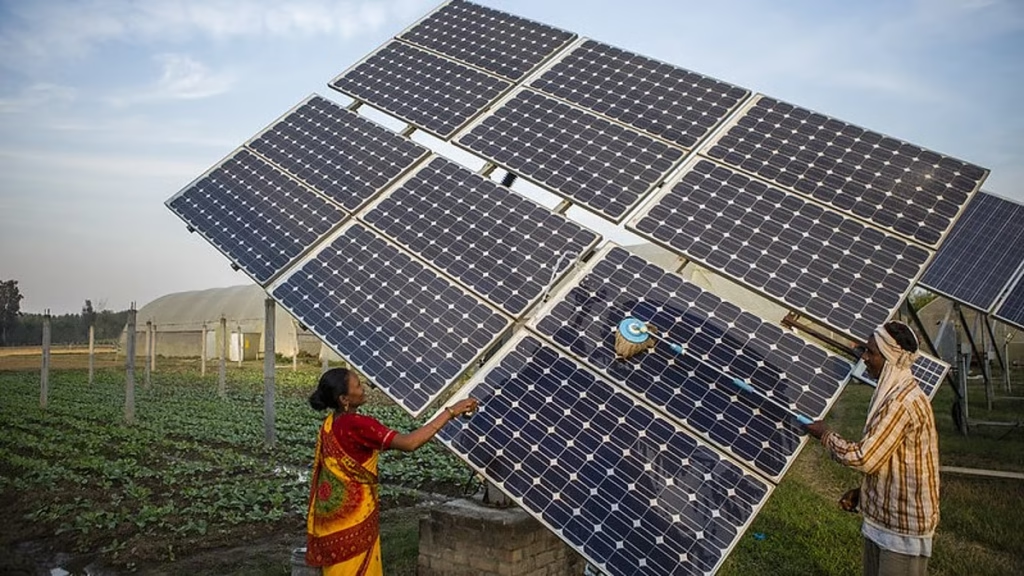India’s solar power story is impressive. By January 31, 2025, the country’s solar capacity crossed 100.33 gigawatts (GW), a massive jump from just 2.82 GW in 2014. That’s a 3,450% increase in a decade! Solar now makes up 47% of India’s renewable energy mix. The push comes from schemes like PM Surya Ghar: Muft Bijli Yojana, which has sparked nearly 900,000 rooftop solar setups since 2024. It’s a huge step toward the 500 GW non-fossil fuel goal by 2030. But here’s the catch—growth in capacity isn’t matching power output.
The Output Challenge
More panels don’t always mean more electricity. In 2024, solar plants added 24.5 GW of capacity, yet generation isn’t keeping up. Experts point to inefficiencies—plants are running below potential. “There is the gear in position, but utilization remains a bottleneck,” noted one market analyst. The outdated plants struggle with old technology. Maintenance trails behind. Weather interferes—dirty panels and gray days slice into production. India possesses the hardware, and the juice ain’t flowin’ quite so well as it might be.
Grid Woes Slow Things Down
The grid’s a big headache. India’s transmission lines can’t always handle the load. In 2024, 18.5 GW of utility-scale solar came online, a 2.8-fold rise from 2023. But without better storage or grid upgrades, much of that power gets wasted. “We need smarter systems to balance supply and demand,” a renewable energy official said. Battery storage is growing—84.10 GW of projects are in the works—but it’s not fast enough to match the solar surge.
The government’s ambition is clear, but execution’s tricky. Of the 500 GW target, 296.59 GW of solar and hybrid projects are either underway or tendered. That leaves a gap. Delays in land acquisition stall progress. Power Purchase Agreements (PPAs) are stuck—over 40 GW of projects lack buyers. The pipeline’s at 230 GW, short by 60-70 GW for 2030.
What’s Next for Solar?
There’s hope, though. Manufacturing’s booming—solar module capacity hit 67 GW by early 2025, up from 18 GW two years ago. Union Minister Pralhad Joshi called it “a historic milestone” on February 7, 2025. Exports are rising too, with countries eyeing India as a China alternative. Still, the focus has to shift. Upgrading old plants, fixing the grid, and speeding up storage rollout are musts. Incentives for newer tech could boost efficiency. India’s solar star is rising—it just needs a stronger spark to shine at full power.
This isn’t the end of the road. It’s a bump. With the right fixes, India could turn its solar capacity into a true energy revolution.

